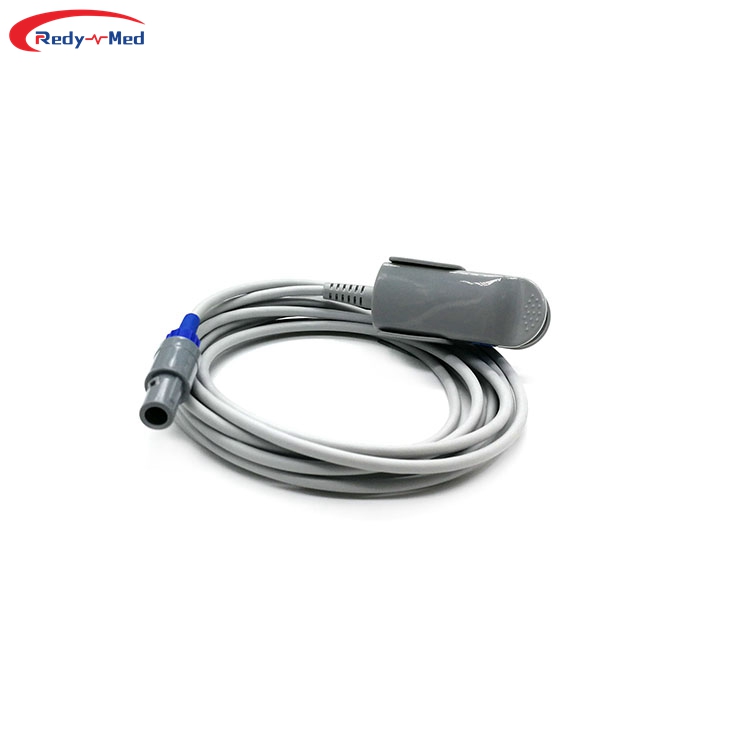
Application of blood oxygen saturation sensor in first aid and monitoring equipment
2024-03-21 00:04:21

In recent years, technological advancements have revolutionized the field of healthcare, specifically in first aid and monitoring equipment. Real-time data monitoring plays a crucial role in critical care scenarios, ensuring timely interventions and improved patient outcomes. One such advancement is the application of blood oxygen saturation sensors, which have transformed the way medical professionals assess and monitor patients. In this article, we will explore the various applications and benefits of blood oxygen saturation sensors in first aid and monitoring equipment.
Enhancing Patient Care and Triage
Blood oxygen saturation sensors, also known as pulse oximeters, are essential devices in emergency rooms, ambulances, and other first aid settings. These sensors provide a non-invasive and rapid assessment of a patient's oxygen levels, vital for diagnosing respiratory conditions, such as asthma, pneumonia, or chronic obstructive pulmonary disease (COPD). By quickly identifying patients with low oxygen saturation, medical professionals can prioritize treatment and allocate resources accordingly, ultimately improving patient care and triage.
Monitoring Chronic Conditions
Blood oxygen saturation sensors are indispensable tools for individuals with chronic conditions that affect oxygen levels, such as sleep apnea or heart disease. By regularly monitoring blood oxygen saturation levels at home, patients can proactively identify potential complications or the need for medical intervention. This self-monitoring capability empowers patients to take charge of their health and seek timely medical assistance when necessary.
Ensuring Safety in Rehabilitation Settings
In rehabilitation centers, blood oxygen saturation sensors play a crucial role in assessing patients' respiratory function during therapy sessions. By continuously monitoring oxygen saturation levels, medical professionals can adjust exercises and interventions accordingly to prevent complications such as hypoxemia or hyperoxemia. This real-time feedback enables personalized rehabilitation plans, maximizing patient safety and optimizing recovery outcomes.
In summary, the application of blood oxygen saturation sensors has significantly transformed first aid and monitoring equipment. These sensors enhance patient care and triage, enable effective monitoring of chronic conditions, and ensure safety in rehabilitation settings. As technology continues to advance, we can expect further innovations in medical devices, ultimately leading to improved healthcare outcomes for patients worldwide.
Get the latest price? We'll respond as soon as possible(within 12 hours)




